
Ingredient
Vinegar
The Tangy Elixir: Unveiling the Secrets of Vinegar
Vinegar is a liquid made through the fermentation process of ethanol by acetic acid bacteria. It is characterized by its sour taste, acidic nature, and pungent aroma. Vinegar comes in various types, such as white vinegar, apple cider vinegar, balsamic vinegar, and rice vinegar, each with its unique flavor profile and culinary applications. It is commonly used as a condiment, marinade, dressing, or pickling agent, adding a delightful tang to dishes.
Origins and history
Vinegar has a long history dating back to ancient civilizations. It is believed to have originated in Babylon around 5000 BC. The Babylonians used vinegar as a preservative and flavor enhancer. The Romans and Greeks also recognized its medicinal properties and used it for various purposes. Over time, vinegar production techniques spread across Europe and Asia, with different regions developing their own distinct types of vinegar.
Nutritional information
Vinegar is low in calories, with approximately 3 calories per tablespoon. It contains no fat or protein and is primarily composed of water and acetic acid. While it does not provide significant nutrients, vinegar is known to have potential health benefits, including aiding digestion and blood sugar control.
Allergens
Vinegar is generally considered safe for most individuals. However, some people may be allergic to specific types of vinegar, such as wine vinegar, which can trigger allergic reactions in individuals with sensitivities to grapes or wine.
How to select
When selecting vinegar, look for clear and transparent varieties without any sediment or cloudiness. Check the label for the type of vinegar and its origin. Opt for reputable brands known for their quality. For specialty vinegars like balsamic or apple cider vinegar, consider factors such as aging process, grape variety, or organic certification.
Storage recommendations
Vinegar should be stored in a cool, dark place, away from direct sunlight and heat sources. It has a long shelf life and can be stored for several years without significant degradation in quality. However, prolonged exposure to air may cause the vinegar to lose its acidity over time.
How to produce
Amateur vinegar production can be achieved by fermenting alcoholic liquids, such as wine or cider, using a vinegar mother or starter culture. The process involves exposing the liquid to oxygen and allowing the acetic acid bacteria to convert the alcohol into acetic acid over several weeks or months.
Preparation tips
Vinegar can be used in various ways in cooking. It can be used as a marinade for meats, a dressing for salads, a pickling agent for vegetables, or a flavor enhancer in sauces and soups. When using vinegar, start with small amounts and adjust to taste, as its strong flavor can easily overpower other ingredients. Additionally, vinegar can be used as a natural cleaning agent or as a rinse for fruits and vegetables to remove bacteria.
Substitutions
Lemon juice can be used as a substitute for vinegar in certain recipes, providing a similar acidic and tangy flavor. However, the flavor profile may differ slightly, so adjustments may be needed.
Culinary uses
Vinegar is widely used in various cuisines and dishes. It is commonly used in salad dressings, vinaigrettes, and mayonnaise to add acidity and balance flavors. It is also used in pickling vegetables, preserving fruits, and marinating meats. Additionally, vinegar is a key ingredient in condiments like ketchup, mustard, and hot sauce.
Availability
Vinegar is readily available worldwide and can be found in grocery stores, supermarkets, and specialty food stores. It is produced in many countries, including the United States, Italy, France, Spain, and Japan.
More ingredients from this category
Recipes using Vinegar » Browse all
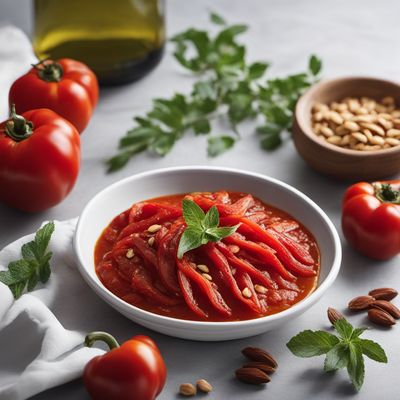
Xató Sauce Recipe
Savory Spanish Xató Sauce: A Flavorful Delight for Your Palate

Spicy Cold Noodle Delight
Fiery Korean Milmyeon: A Refreshing Spicy Cold Noodle Delight
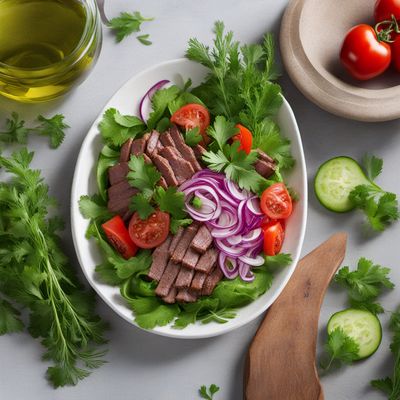
Tashkent Salad Recipe
Silk Road Delight: Tashkent Salad

Creamy Cucumber Salad
Refreshing Polish Delight: Creamy Cucumber Salad
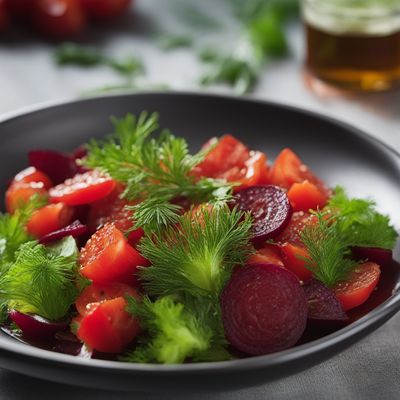
Moldovan-style Sanbaizu Salad
Tangy Moldovan Beetroot Salad with a Japanese Twist

Traditional Scottish Clootie Dumpling
Hearty and Spiced Scottish Clootie Dumpling: A Taste of Tradition

Vietnamese-style Eggs Benedict
Bánh Mì Eggs Benedict: A Fusion Twist on a Classic Breakfast Dish
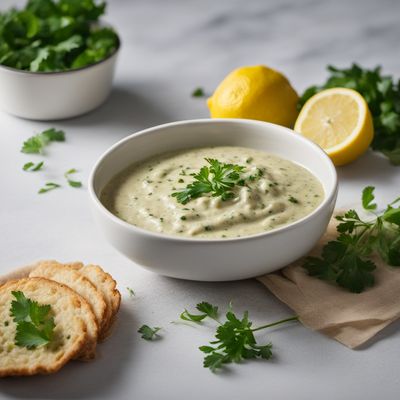
Classic French Rémoulade
Zesty French Rémoulade: A Tangy Twist to Your Taste Buds
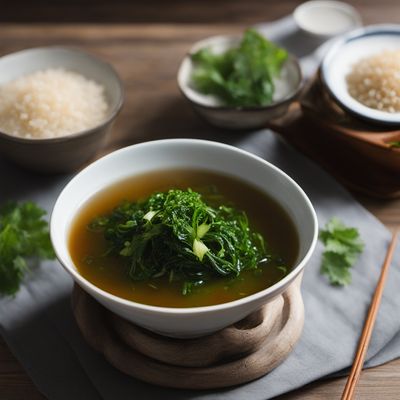
Chilled Seaweed Soup with Bhutanese Twist
Himalayan Seaweed Delight: A Refreshing Bhutanese Take on Chilled Soup

Refreshing Mariana Islands Dongchimi Salad
Tropical Twist: Mariana Islands Dongchimi Salad

New Mexican Rendang
Spicy Beef Stew with a Southwestern Twist

Argentinian Pavlova
Dulce de Leche Pavlova: A Sweet and Creamy Argentinian Delight
